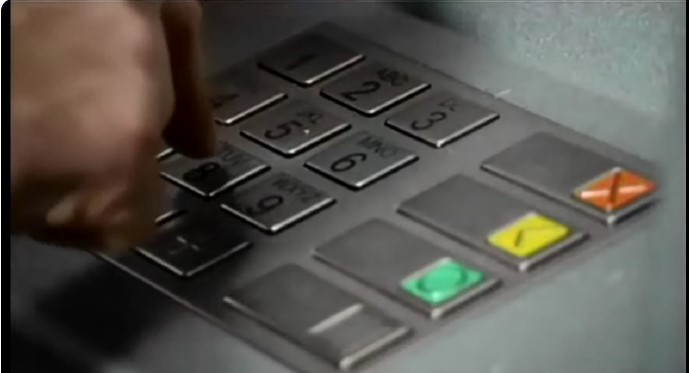Closing a bank account may seem like a daunting task, but it’s a straightforward process when done methodically. Whether you’re switching banks, downsizing the number of accounts you manage, or closing a rarely used account, it’s important to follow the correct steps to ensure a smooth transition. This guide will walk you through how to delete a bank account permanently or temporarily across different devices like iPhone, Android, and PC, and will address common concerns about the process.
Why Close a Bank Account?
There are many reasons you might want to close a bank account:
- Switching Banks: You found a bank with better terms or benefits.
- Consolidating Accounts: Reducing the number of accounts for easier management.
- Avoiding Fees: Closing accounts with high maintenance fees or charges.
- Security Concerns: Eliminating unused accounts to protect your finances.
Steps to Permanently Delete a Bank Account
- Review Your Bank’s Terms of Service:
- Before closing an account, familiarize yourself with your bank’s terms of service. Some banks may have specific requirements or fees for account closure, and understanding these terms will help avoid any unexpected issues.
- Clear All Pending Transactions:
- Ensure there are no pending transactions such as unprocessed checks, automatic payments, or deposits. This is crucial to avoid complications or fees after the account is closed.
- Transfer or Withdraw Your Balance:
- Transfer the remaining balance to another account or withdraw it entirely. It’s advisable to leave a small amount in the account until you’re sure all transactions are cleared.
- Cancel Automatic Payments and Direct Deposits:
- Transfer any automatic payments or direct deposits to your new account. This step is essential to prevent any issues like missed payments or lost income.
- Close the Account Through the Appropriate Channel:
- Depending on the bank, you can close the account online, over the phone, or by visiting a branch. Some banks may require a written request or a visit in person.
- Get a Confirmation of Closure:
- After closing the account, request written confirmation from the bank. This ensures that the account has been closed without any outstanding issues.
- Monitor Your Account for Final Statements:
- Even after closure, keep an eye on your final account statements to verify that the closure was processed correctly and there are no residual fees or transactions.
How to Temporarily Suspend a Bank Account
If you’re not ready to close your account forever but need to suspend it temporarily, follow these steps:
- Contact Customer Support:
- Reach out to your bank’s support team and request a temporary suspension. Some banks allow you to suspend your account, halting all transactions without permanently closing it.
- Secure Your Account:
- Ensure that your account is protected with up-to-date contact information and security measures, especially if you’re suspending it for an extended period.

Frequently Asked Questions
How long does it take to close a bank account?
The process can take anywhere from a few minutes to several business days, depending on the bank’s policies and the method you choose (online, phone, or in-branch).
Can I reopen a closed bank account?
Some banks allow you to reopen a closed account within a certain period, but this varies by institution. It’s best to check with your bank directly.
What happens to my automatic payments and deposits after I close my account?
You should transfer all automatic payments and direct deposits to another account before closing your current one to avoid any disruptions.
Will closing my bank account affect my credit score?
Generally, closing a bank account does not impact your credit score. However, ensure that the account has no negative balance or pending fees before closure to avoid potential issues.
Can I close my account online?
Many banks offer the option to close accounts online, especially if you’ve managed your account digitally. Check your bank’s website or app for specific instructions.
Conclusion
Closing a bank account, whether permanently or temporarily, is a manageable process when done with care. By following the outlined steps and ensuring all transactions are cleared, you can close your account without complications. Always remember to check your final statement and secure written confirmation from the bank to avoid any future issues.
